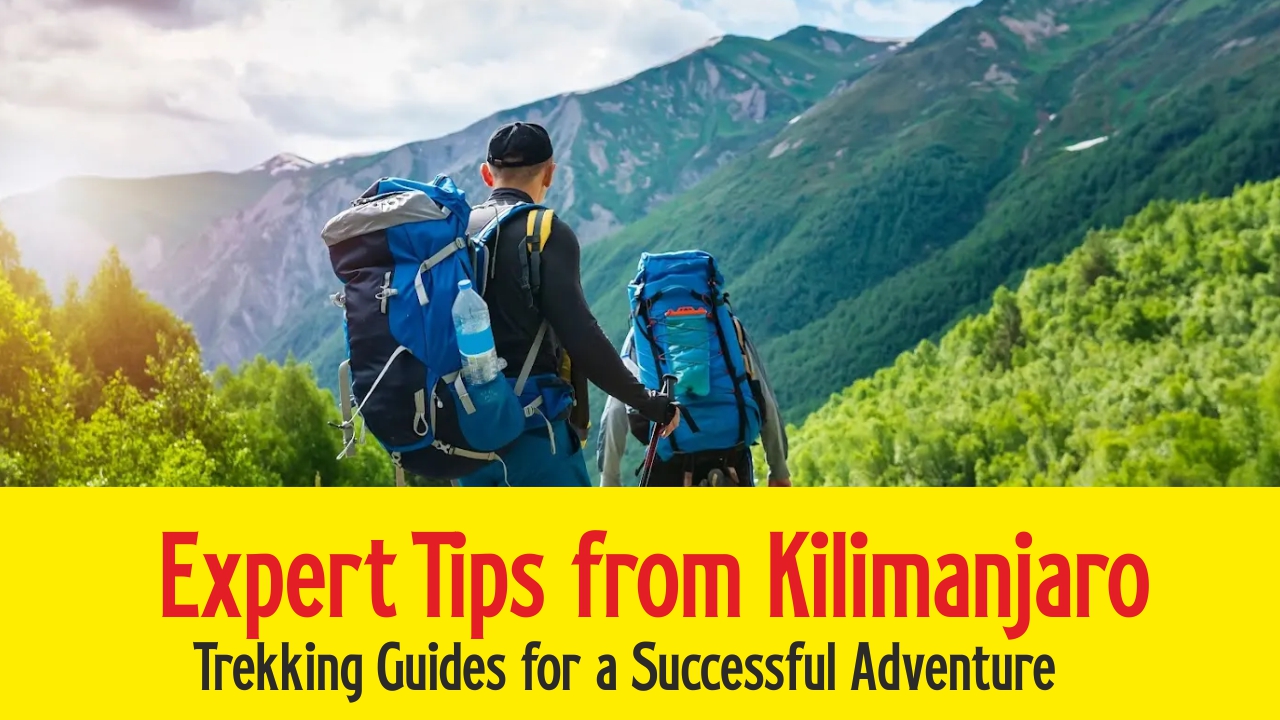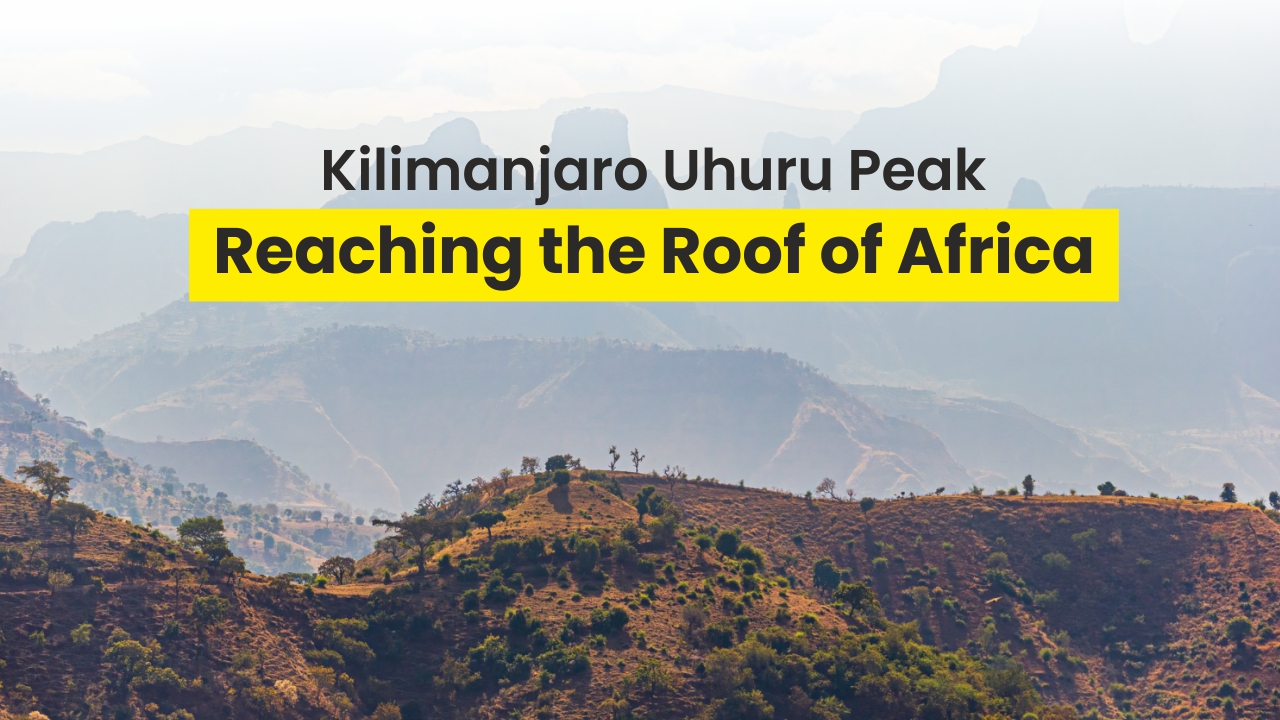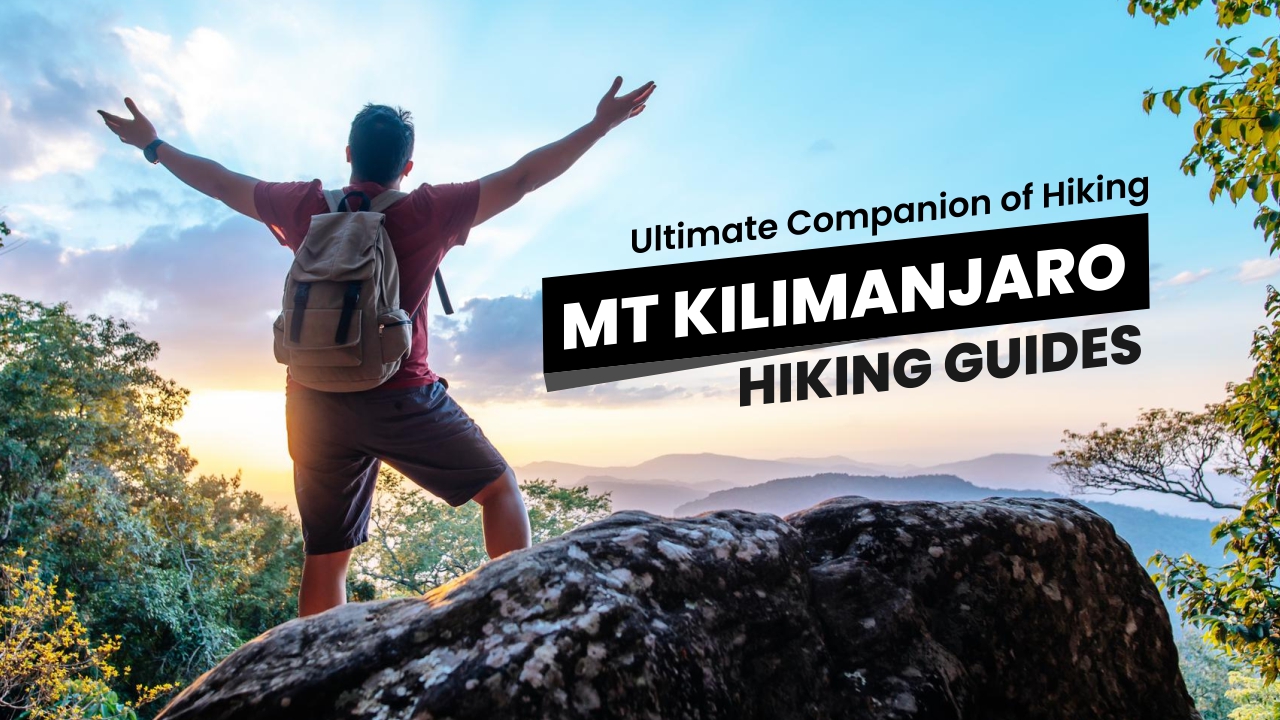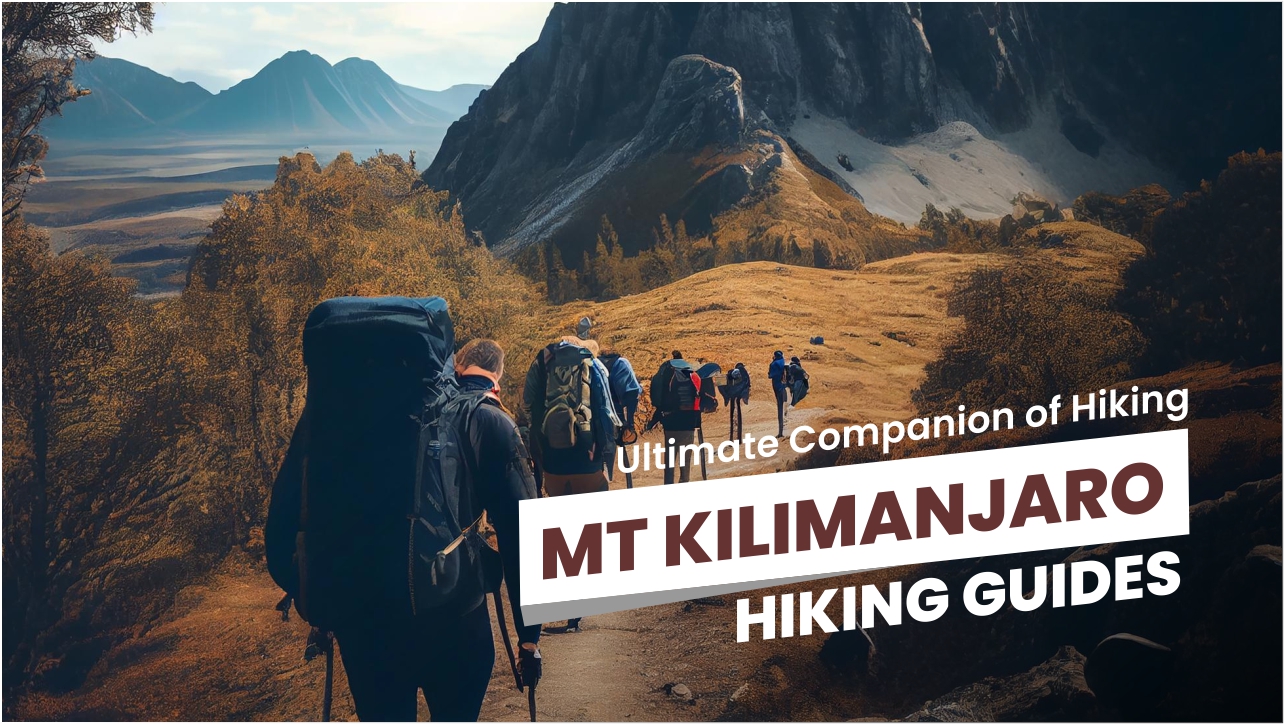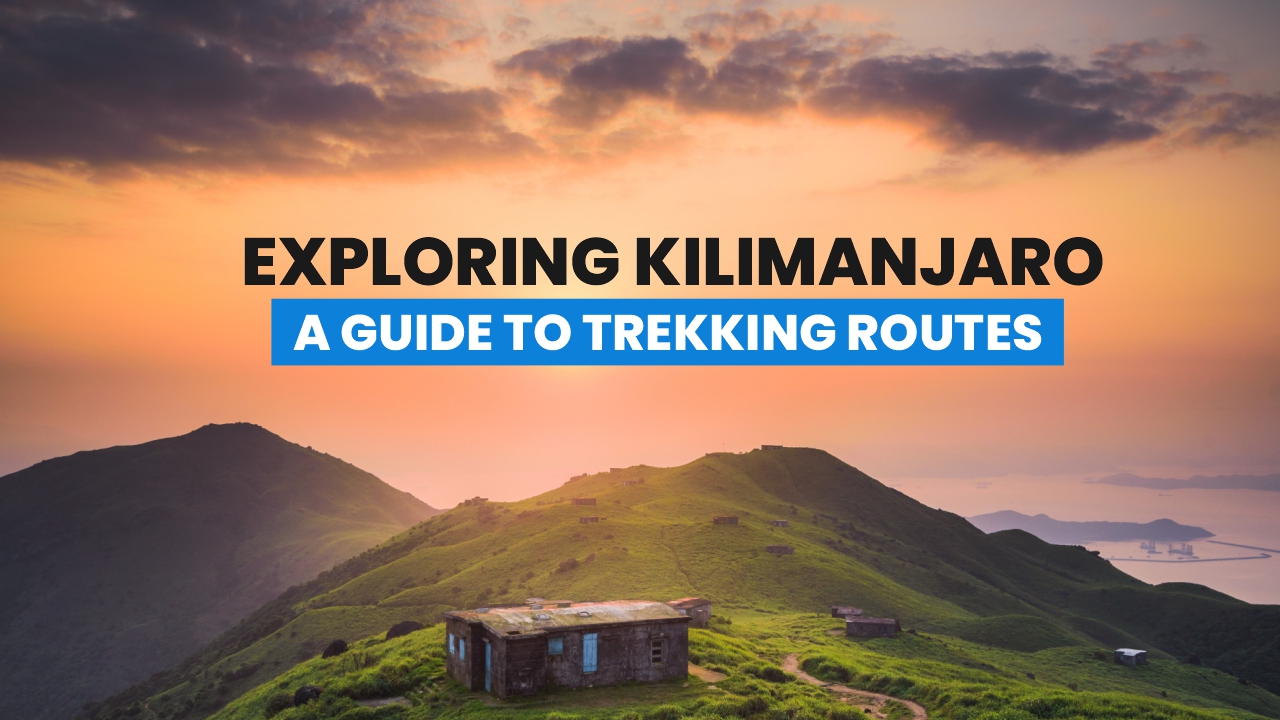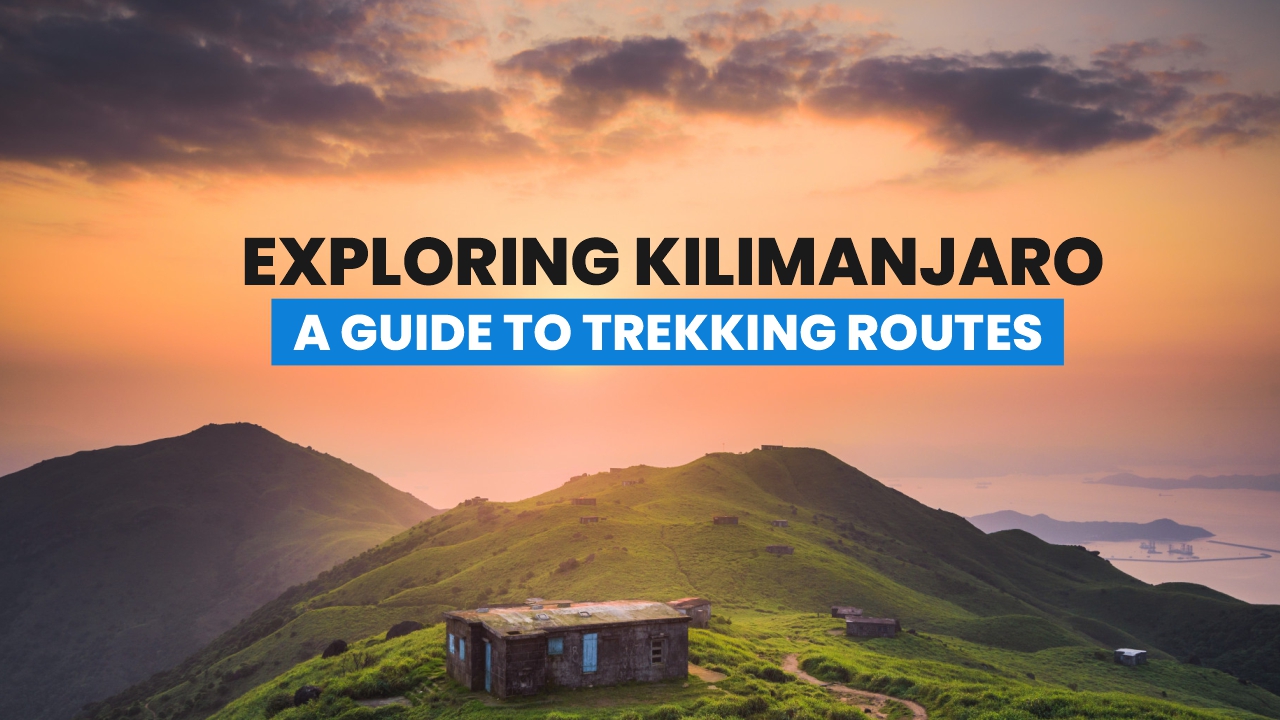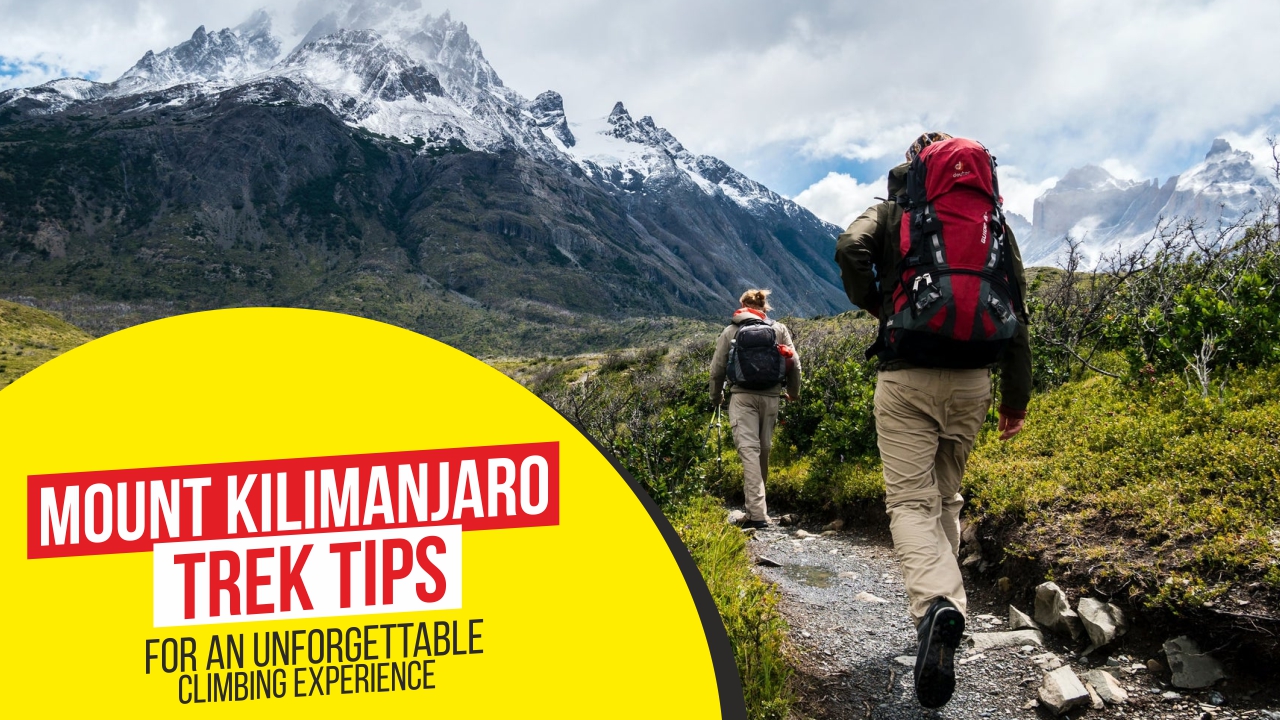
Embarking on a mount Kilimanjaro trek is a journey that blends adventure, endurance, and awe-inspiring natural beauty. Standing tall at 5,895 meters, Africa’s highest peak draws trekkers from across the globe, promising not just a climb but an experience that stays etched in memory forever. Whether you are a seasoned hiker or attempting a high-altitude expedition for the first time, preparing adequately and knowing what to expect can make all the difference between a challenging climb and an exhilarating accomplishment.
Selecting the Right Route
One of the first considerations for a mount Kilimanjaro trek is choosing the route. Kilimanjaro offers several paths, each with its unique terrain, scenery, and pace. Popular options include Marangu, Machame, Lemosho, Rongai, and Shira routes. Marangu is often favored for those seeking a slightly less strenuous climb with comfortable hut accommodations. Machame and Lemosho, on the other hand, are ideal for trekkers seeking scenic diversity and higher chances of successful summits due to better acclimatization profiles. Rongai offers a quieter, northern approach, while Shira provides a route through moorlands and high-altitude plains. Knowing the characteristics of each path allows climbers to match the journey to their fitness level, time availability, and preference for solitude or social interaction on the trail.
Preparing Physically and Mentally
Climbing Kilimanjaro is physically demanding. Preparation should focus on cardiovascular endurance, strength training, and hiking experience. Activities like running, swimming, cycling, and stair climbing build stamina, while strength exercises targeting legs, core, and back enhance endurance for steep ascents. Incorporating hikes with a loaded backpack simulates real conditions on the mountain.
Mental preparation is equally important. The climb tests patience, determination, and adaptability. Trekkers may face sudden weather changes, altitude discomfort, and fatigue. Maintaining a positive mindset, setting realistic expectations, and visualizing success can significantly impact performance and enjoyment during the trek.
Acclimatization and Altitude Awareness
Altitude sickness is a common challenge on Kilimanjaro. Symptoms include headache, nausea, fatigue, and dizziness. Understanding the body’s response to high elevations is critical. Gradual acclimatization, staying well-hydrated, and avoiding overexertion during the initial days can minimize risks. Longer routes, such as Lemosho or Machame, allow better acclimatization and increase the probability of reaching the summit. Some climbers also benefit from incorporating rest days or short acclimatization hikes at mid-altitude camps to adjust more comfortably to thinner air.
Packing Essentials
Proper gear can transform the trek into a comfortable and safe adventure. Key items include:
- Layered Clothing: Temperatures vary drastically from the rain forest at the base to icy conditions near the summit. Layering allows for adjustment to changing climates.
- Hiking Boots: Waterproof and well-broken-in boots reduce the risk of blisters and provide necessary support.
- Sleeping Bag: A high-quality, four-season sleeping bag is essential for cold nights.
- Trekking Poles: Poles help reduce strain on knees and improve balance, especially on steep or rocky trails.
- Headlamp: Early morning summit attempts require reliable lighting.
- Hydration System: Carrying water bottles or a hydration bladder ensures consistent fluid intake, crucial for altitude adjustment.
Other useful items include sunscreen, sunglasses, gloves, a hat, a lightweight rain jacket, and a first-aid kit with altitude-related medication if recommended by a healthcare professional.
Nutrition and Hydration
Eating well-balanced meals during the climb helps sustain energy levels. Most trekking companies provide meals, but it’s useful to bring high-energy snacks such as nuts, energy bars, and dried fruits for quick boosts. Staying hydrated is essential; dehydration can exacerbate altitude sickness. Drinking at least 3–4 liters of water daily, combined with electrolyte supplements, helps maintain energy and prevents headaches and fatigue.
Pacing and Summit Strategy
The summit attempt is the most challenging and rewarding part of the mount Kilimanjaro trek. Climbers usually begin the ascent around midnight to reach the peak by sunrise, experiencing the spectacular view as the sun illuminates the vast African plains. The key to a successful summit lies in pacing. Slow, steady steps, often referred to as “pole pole” (Swahili for slowly slowly), allow the body to adapt and conserve energy. Pushing too hard can lead to exhaustion or altitude complications. Listening to your body and taking breaks when needed is crucial.
Respecting the Environment
Mount Kilimanjaro is an ecological treasure. Trekkers are encouraged to minimize their environmental impact by following Leave No Trace principles. This includes carrying out all waste, avoiding disturbing wildlife, and staying on designated trails. Ethical trekking ensures that future generations can experience the mountain’s pristine beauty while preserving its fragile ecosystems.
Choosing a Reliable Trek Operator
A knowledgeable and responsible trekking company enhances safety, comfort, and overall experience. Experienced guides provide insights on local culture, natural history, and technical aspects of the climb. They also monitor altitude symptoms, ensure proper meal provisions, and handle logistics. Choosing an operator with a strong safety record, well-trained staff, and quality equipment can be the difference between a memorable trek and an avoidable struggle. Ice Rock Trekking emphasizes professional guidance, personalized support, and a focus on making each trek unforgettable.
Capturing the Experience
Beyond physical achievement, mount Kilimanjaro offers opportunities for extraordinary photography. From lush montane forests to alpine deserts and glacier-capped peaks, every stage presents a unique visual story. Early mornings and late afternoons provide soft light ideal for capturing the beauty of the terrain. Carrying a lightweight camera or smartphone ensures memories can be shared without unnecessary burden.
Celebrating the Achievement
Reaching Uhuru Peak, Kilimanjaro’s summit, is a moment of triumph. Many climbers describe it as a life-changing experience, not just physically but emotionally and spiritually. Taking time to absorb the panorama, celebrate with fellow trekkers, and reflect on the journey enhances the sense of accomplishment. Equally important is the descent; descending safely requires the same care, attention, and energy management as ascending.
Final Thoughts
A mount Kilimanjaro trek is more than a physical challenge—it’s a holistic adventure that tests endurance, resilience, and appreciation for nature’s grandeur. Adequate preparation, careful route selection, attention to altitude, and choosing the right trekking partner ensure that the climb is not just successful but truly unforgettable. Trekkers who respect the mountain, pace themselves wisely, and embrace the journey’s highs and lows leave with memories that last a lifetime. Ice Rock Trekking strives to provide experiences that are safe, inspiring, and tailored to every adventurer’s ambition, making each mount Kilimanjaro trek a unique story of achievement.
